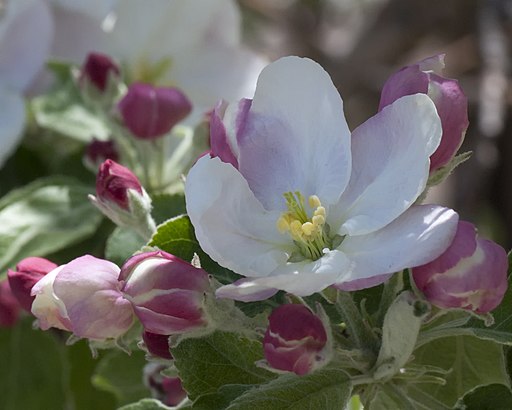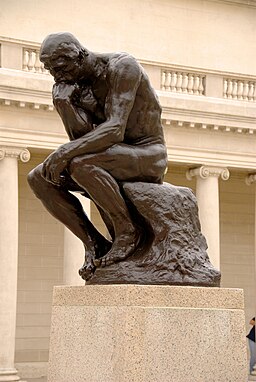(photo by OokamiKasumi, http://ookamikasumi.deviantart.com/art/Fireplace-157530084)
Driving to a work site two hours away in a
ground blizzard, I was thankful to reach my destination safely and check into my motel. The lobby fireplace was flanked by wingback chairs and bookshelves. "That looks cozy," I said at the check-in desk.
In my room, I enjoyed another kind of cozy--a mystery novel. The
definition of a cozy mystery varies, but it usually includes an amateur female sleuth. Her occupation gives her skills that she uses to solve the mystery. These books are usually set in a small town with the usual small town goings on--but no sex!
My cozy in this case was debut novel
Debits and Credits by
Lyn Fraser. Fraser used the axiom "write what you know," and fortunately, she knows a lot! As a Texan and Coloradan, a teacher, business woman, hospice chaplain, spiritual writer, and golfer, Fraser gave Grace Edna Edge many of those traits. Grace's occupation is an unusual one--forensic accounting. In this book, Grace snoops into the sudden death of her aunt's friend on behalf of her aunt and the deceased's nephew. As usual in these books, the police are skeptical of Grace's suspicions, but one detective is interested in finding out more--about Grace herself. Fraser populates the book with a gamut of characters from all walks of life to make an interesting story containing laugh-out-loud lines. I hope this is the first of a series.
( By Club-oracle (Own work) [CC-BY-SA-3.0 (http://creativecommons.org/licenses/by-sa/3.0)], via Wikimedia Commons)
True confession: I have to be in a "cozy" mood to enjoy these, as there often seems to be so much "side story" (those small town goings on) that the main action sometimes seems shoved into the background. Other cozies I have liked include the
Goldy the Caterer series by Diane Mott Davidson, the Hannah Swenson series by
Joanna Fluke, and the
Cottage Tales of Beatrix Potter by Susan Wittig Albert.
(photo by Mark Larson, http://www.flickr.com/photos/marklarson/6826864102/, Creative Commons)
Full disclosure: Lyn Fraser is a friend who kindly gave me her book for Christmas. Would I have liked the book anyway? Yes, I would! Grace Edge seems to lean more toward the Edge than the Grace, which leads to laughs. She is also smart and unafraid.
What cozies do you like? With or without a fireplace?













